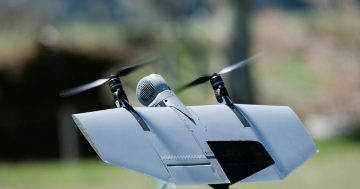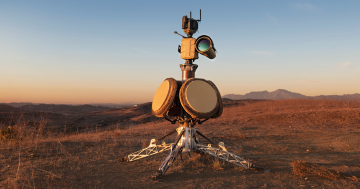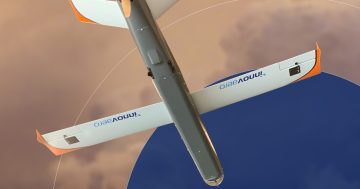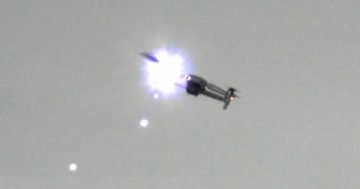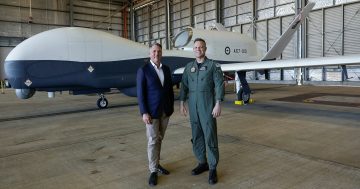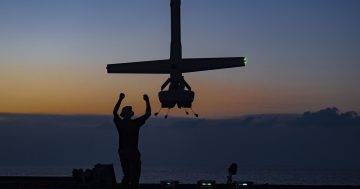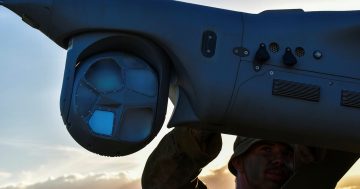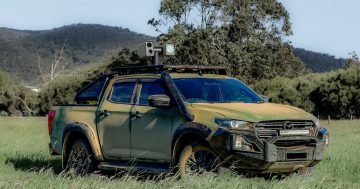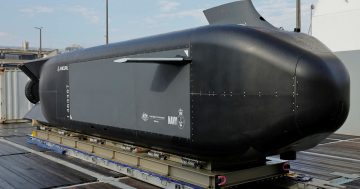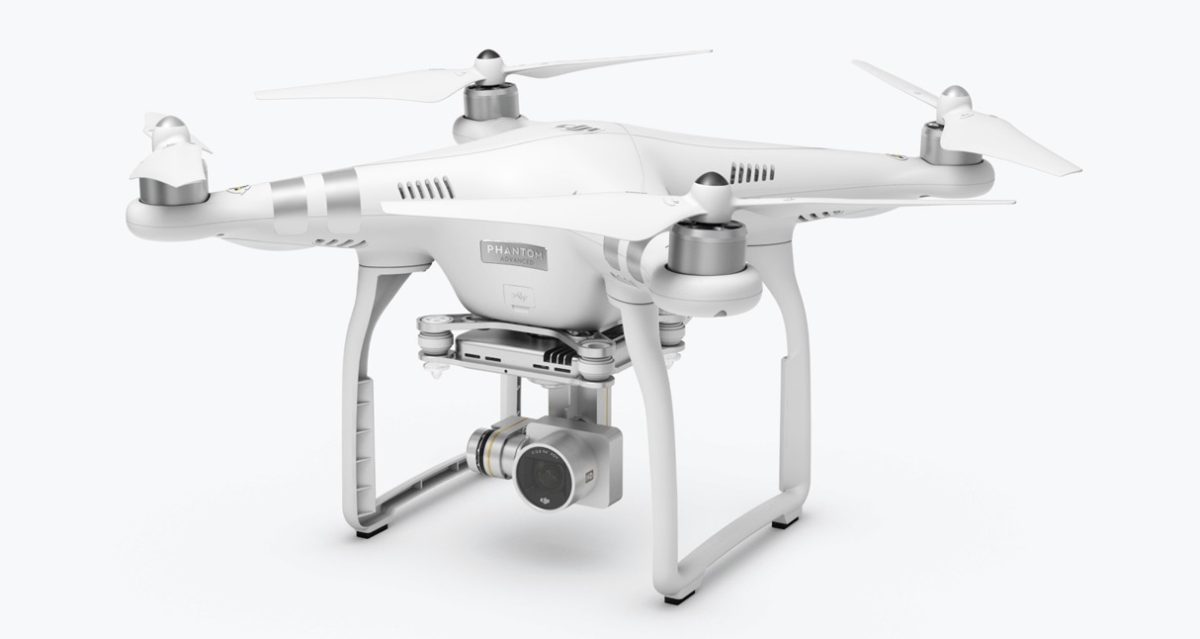
The ubiquitous DJI Phantom drone as commonly used commercially in Australia. Photo: DJI.
The Australian Defence Force has issued a Request for Information (RFI) seeking an Australian sovereign uncrewed aerial system (UAS), or drone capability.
The RFI comes after calls in May for the ADF to remove an estimated 800 commercially derived drones from service for fears their foreign manufacturers might be able to access the data they collect.
Posted to the AusTender website on 31 July, the RFI originated with the Advanced Strategic Capabilities Accelerator (ASCA) office established on 1 July in response to recommendations in April’s Defence Strategic Review (DSR).
ASCA has been described by Defence as a “new and ambitious approach to transitioning game-changing ideas into capabilities” to give the ADF an advantage. It is led by interim head, Professor Emily Hilder.
The RFI says ASCA is “seeking information to support an Australian sovereign uncrewed aerial system and trusted autonomy industrial capability”. It says the UAS will be “small, general-purpose systems that can be produced at greater scale than is currently possible to service a wide range of applications, but without the security limitations and supply chain vulnerability of current commercial suppliers”.
Until recently, the ADF used commercially available drones – mostly from Chinese manufacturer DJI – for a variety of non-combat roles, including aerial photography, training of UAS operators, and for the safe inspection of towers, buildings or other objects at height.
The Royal Australian Air Force has used DJI drones to inspect the tail sections of its large C-17A Globemaster transports, a task that can be safely done in several minutes instead of the hours or even days it can take to build and disassemble scaffolding around them.
While some of these systems have simple battery-powered cameras which store data on an onboard flash card or similar, many have internet connectivity.
And despite the ADF not using these systems for combat or sensitive missions, the current war in Ukraine and recent conflicts in Nagorno-Karabakh have shown the adaptability of these UAS to employ small weapons such as hand grenades, or to provide targeting data for other weapons systems.
The RFI recognises these possible applications, saying: “The widespread adoption of modular, versatile, affordable commercial drones, which benefit from manufacturing at scale, has allowed militaries to rapidly adapt these systems to new, asymmetric applications.”
Apart from the security risks, the ability to manufacture such systems in Australia at scale also ensure the supply of spare parts and new systems to quickly replenish stocks.
“Common commercially available UAS are generally manufactured overseas, and expose the Commonwealth to risks related to security when operating the systems, and supply chain assurance,” the RFI reads.
“Conversely, reliance on these commercial UAS reduces opportunities for Australian industry to develop scale with the advantages that entails, including system commonality and reduced unit cost.”
The removal of DJI and other foreign-made commercial drones from ADF service follows a similar move from the US Department of Defense and many state agencies since last October.
Apart from the ADF, it is estimated as many as 2600 DJI drones are, or, until recently, have been operated by other Australian federal agencies such as the Australian Federal Police, Home Affairs, the CSIRO, the Climate Change and Energy Department, the Great Barrier Reef Marine Park Authority, and the ABC.
But the DJI and other Chinese-made drones currently have the market almost wholly to themselves, hence ASCA’s move to issue an RFI in an attempt to kickstart an Australian-designed and manufactured system.
Original Article published by Andrew McLaughlin on Riotact.


